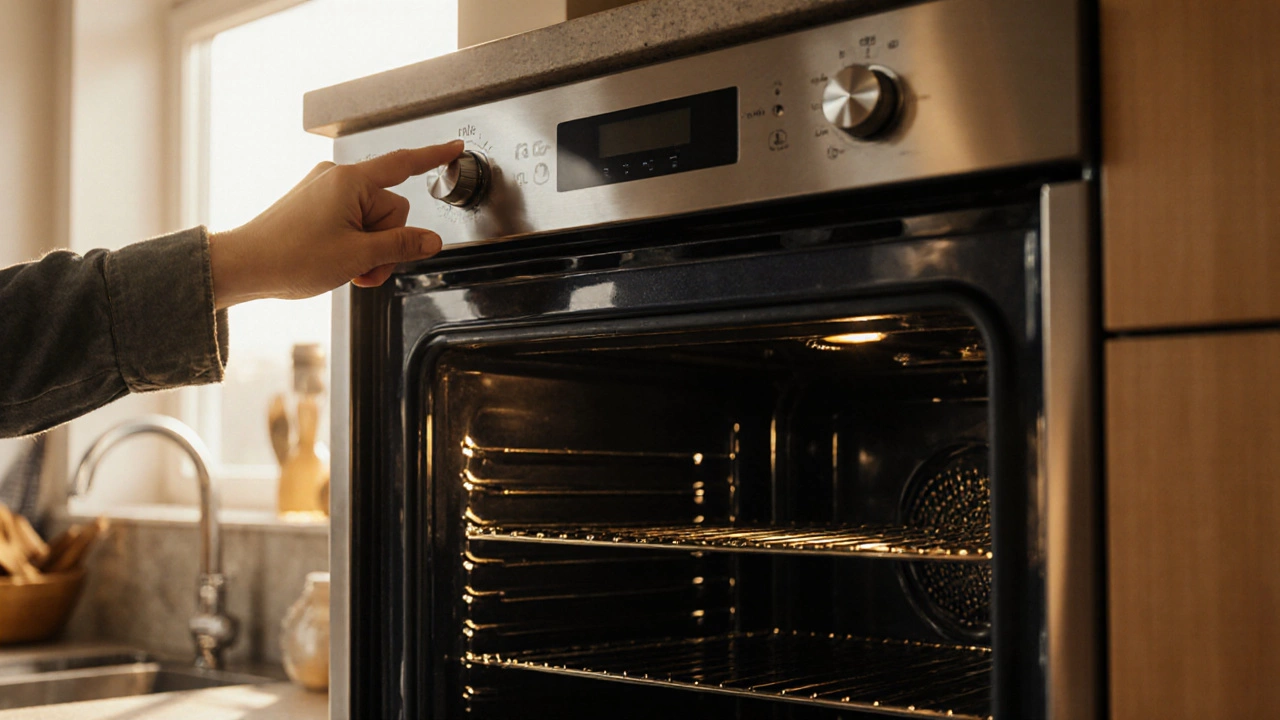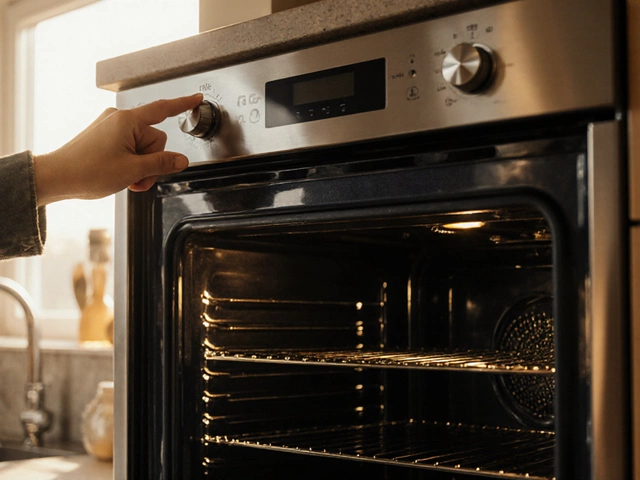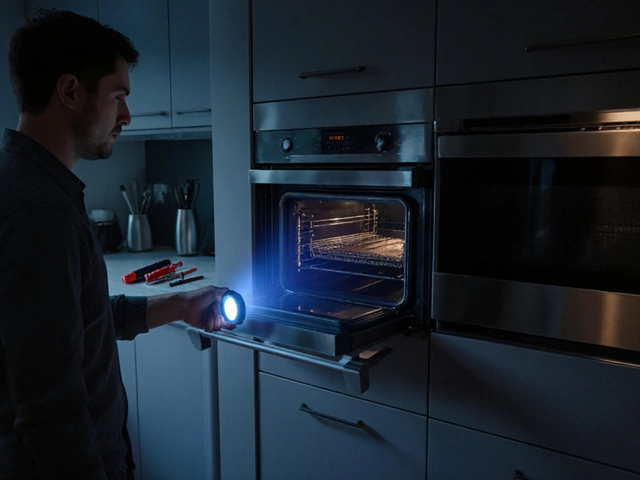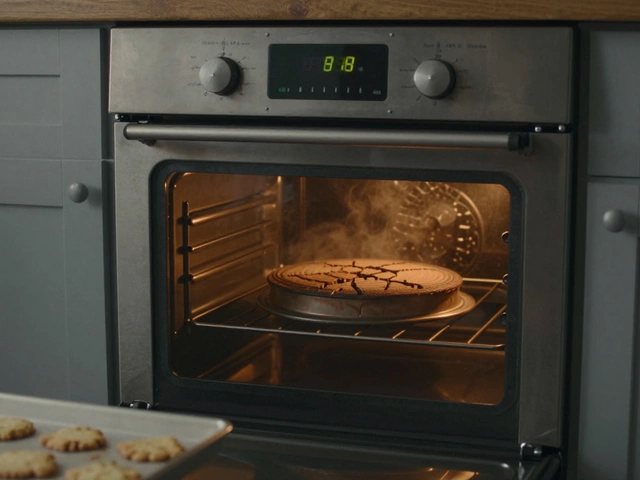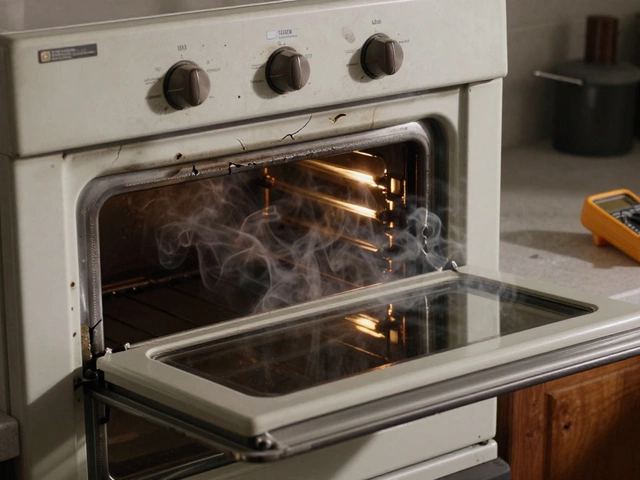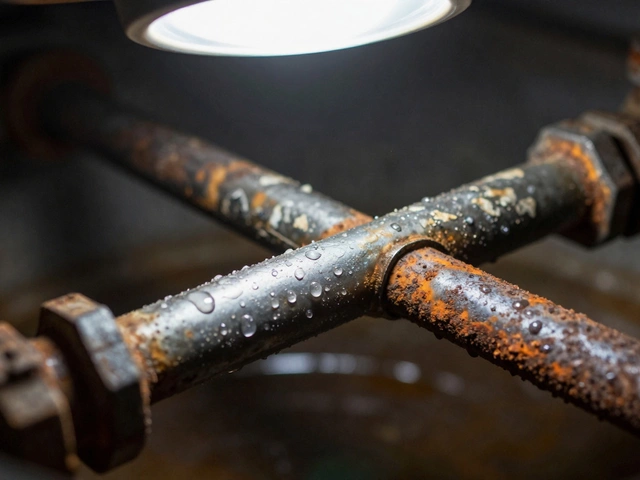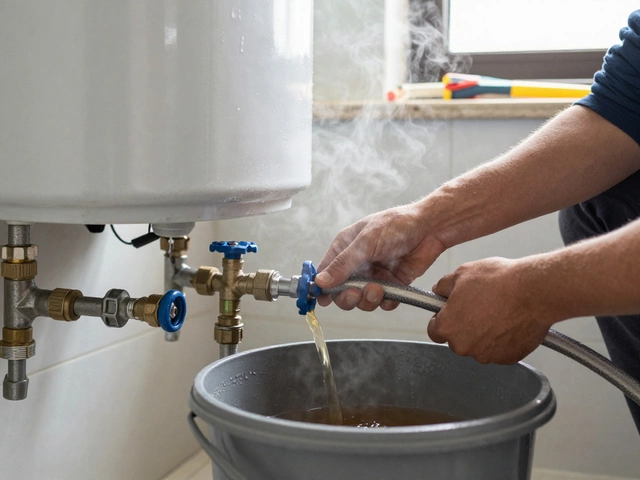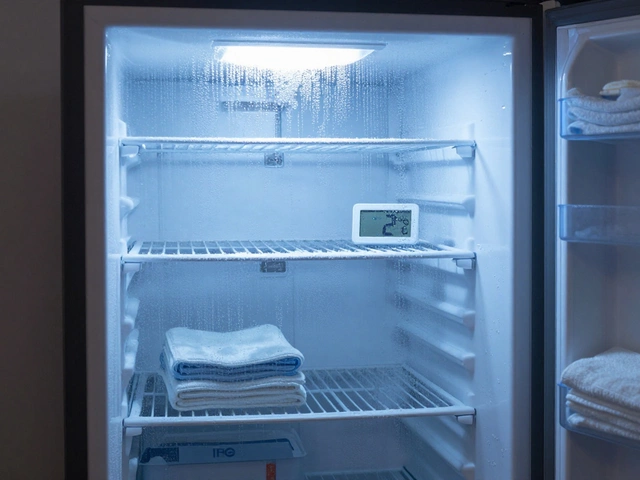When you push the bake button and the oven stays as cool as a fridge, the frustration is real. Understanding why your oven is a kitchen appliance that converts electrical or gas energy into heat for cooking not producing heat can save you a call-out fee and get dinner back on schedule.
What’s actually heating the oven?
Most modern ovens rely on a few key components:
- Heating element - the metal coil that glows red and radiates heat (electric ovens).
- Thermostat - a sensor that tells the control board when the set temperature is reached.
- Control board - the electronic brain that powers the element and reads the thermostat.
- Thermal fuse - a safety device that cuts power if the oven gets too hot.
- Circuit breaker - the household breaker that supplies 240V to the oven.
- If you run gas, the igniter and gas valve replace the electric heating element.
Step‑by‑step diagnosis
- Check the power source. Open your breaker panel and confirm the oven’s breaker is on. A tripped breaker is the simplest fix - flip it back and see if heat returns.
- Listen for the element. Turn the oven to a high temperature. You should hear a faint hum or see the element glow. No sound? The element may be dead.
- Test the heating element. With the oven unplugged, disconnect the element’s wiring and use a multimeter set to continuity. A reading of infinite resistance means the element is broken.
- Inspect the thermostat. Locate the thermostat (usually behind the rear wall). Remove it and test for continuity at room temperature. A faulty thermostat often registers open circuit.
- Verify the thermal fuse. These tiny cylinders sit near the oven’s vent. Test them the same way - continuity means they’re still good.
- Examine the control board. Look for burnt spots, bulging capacitors, or loose connectors. If the board shows visible damage, replace it.
- For gas ovens, check the igniter. A glowing igniter should be bright orange. If it’s dim or doesn’t glow, the igniter is likely the culprit.
Common causes and how to fix them
| Component | Symptoms | Diagnostic Test | Typical Cost (NZD) |
|---|---|---|---|
| Heating element | No heat, element stays cold | Continuity test - open circuit = bad | 30‑70 |
| Thermostat | Oven stays below set temp, erratic temperature | Continuity at room temp | 25‑50 |
| Thermal fuse | Complete loss of heat, oven may still power on | Continuity test | 15‑30 |
| Control board | No heat, lights work, error codes on display | Visual inspection + voltage check | 120‑250 |
| Circuit breaker | Oven dead, no lights, no sound | Breaker position, reset if tripped | Free (DIY) |
| Igniter (gas) | Igniter glows weakly, gas won’t ignite | Visual check, multimeter at 120V | 40‑80 |
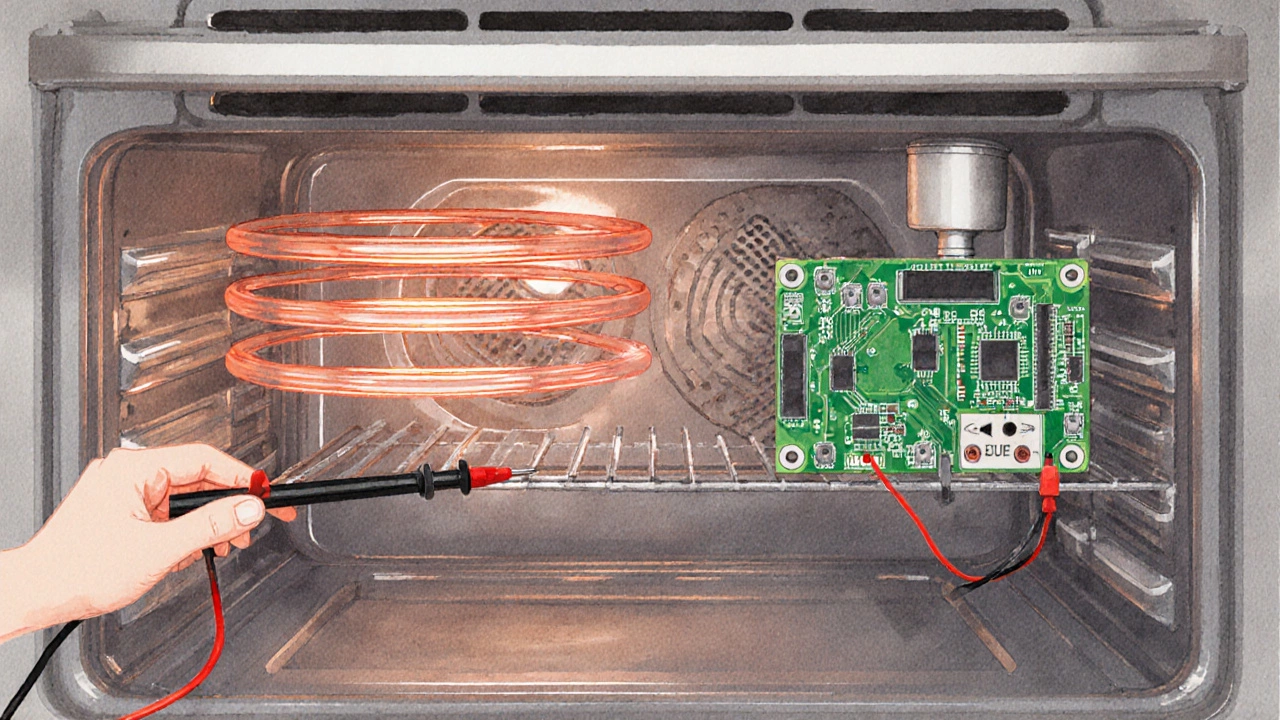
Safety first
Working with high voltage is risky. Always unplug the oven or turn off the dedicated breaker before touching wires. If you smell gas after testing a gas oven, ventilate the area and call a professional - never attempt to fix a gas leak yourself.
When to call a pro
- The oven shows error codes you can’t decode.
- You’ve identified a faulty control board or need a new wiring harness.
- Gas‑related components are involved and you’re not comfortable handling them.
- Multiple components fail simultaneously - it could be a larger electrical issue.
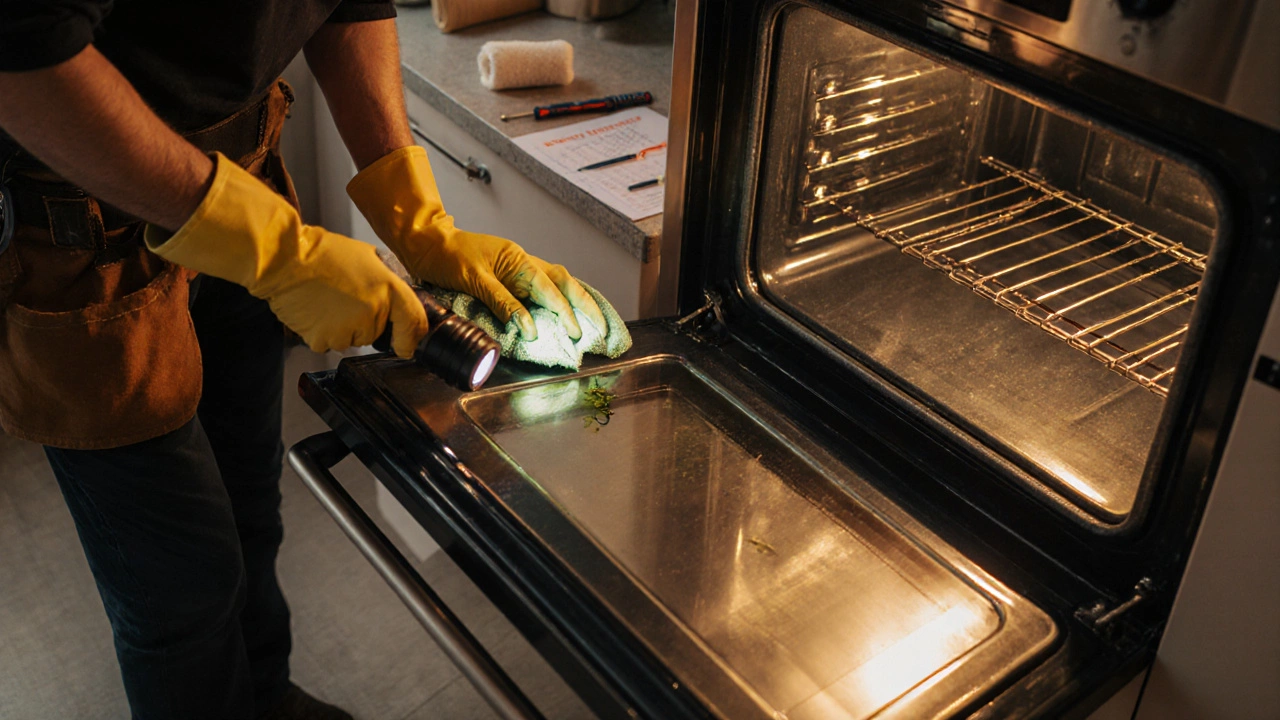
Preventive maintenance tips
- Wipe spills promptly - grease can coat the heating element and cause uneven heating.
- Run a self‑clean cycle every 3‑4 months; it burns off residue that can short the thermal fuse.
- Check the oven door seal for cracks; a poor seal makes the thermostat work harder, shortening its lifespan.
- Inspect the power cord annually for fraying or scorch marks.
Quick troubleshooting cheat‑sheet
- Breaker off? Reset it.
- No glow on element? Test continuity - replace if open.
- Element glows but no heat? Likely thermostat or control board.
- Oven lights on, no heat? Check thermal fuse.
- Gas oven, no spark? Inspect igniter.
Frequently Asked Questions
Why does my oven make a clicking sound but never heats?
The click is usually the thermostat trying to close the circuit. If the heating element is open, the thermostat will keep clicking without ever delivering power. Test the element for continuity.
Can a blown fuse be the only reason my oven won’t heat?
Yes. A thermal fuse protects the heating element from overheating. If it blows, the oven will still power on, but no heat will be generated. A simple continuity test will confirm its condition.
My oven shows an error code “F4”. What does it mean?
While codes vary by manufacturer, “F4” often points to a temperature sensor failure. Replace the sensor or check its wiring before swapping the whole board.
Is it safe to replace a heating element myself?
If you’re comfortable working with a 240V circuit and have basic tools, it’s a straightforward swap. Always disconnect power, note wire colors, and secure the new element firmly.
Why does my oven heat only on the top but not the bottom?
Most ovens have two elements - bake (bottom) and broil (top). If only the top works, the bake element is likely burnt out or its wiring is broken.

